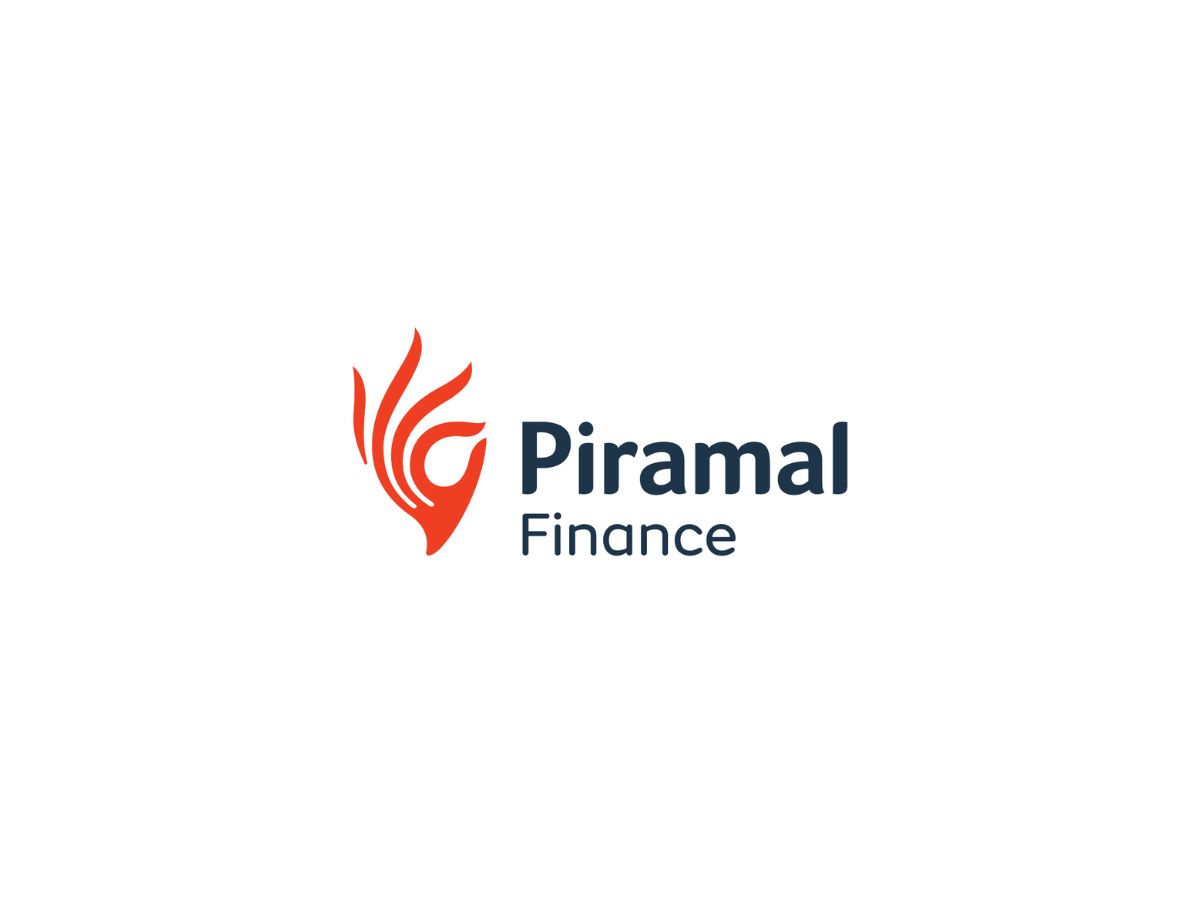Aditya Jangid, Managing Director, AdCounty Media
New Delhi [India], November 13: In the era of the new normal, clients are continuously ‘on the go’; thus, digital marketing channels, such as AI, data analytics, and mobile optimisation, are becoming the new way in which brands engage with the clients. Within this emerging landscape where clients are being offered tailor-made experiences and smart campaigns, clients can now be foreseen by marketers using an innovative approach. At this very same time, though, machine learning, voice search and programmatic ads help us design targeted cross-device experiences that are smooth and effortless. Challenges, like the protection of data and ethical use of AI, in this case, make research and development polarizing for the brands. In this article, the primary focus is that for businesses to adapt to this new landscape, all advances have to be harnessed and how our company is strategically positioned to take the front foot in this turbulence.
Aditya Jangid, Managing Director of AdCounty Media, shares his insightful views on How AI and Analytics Are Defining the Next Era of Digital Marketing
In what ways do you believe AI will continue to shape the future of digital marketing? Are there any specific AI-driven tools or strategies your company is excited about?
AI will continue to revolutionize digital marketing by advancing automation, prediction, and customization. Marketers can conduct real-time analyses of big databases with the help of AI, which allows suitable advertising to be done at the right time. Artificial intelligence-enhanced tools such as chatbots or recommendation engines will eventually be able to improve customer experience and interaction. Specifically, we are fascinated by AI-driven solutions that anticipate users’ needs and, therefore, suggest ad formats at the most appropriate stage of the purchasing funnel in order to increase ROI. This has made it possible for us to develop unique, effective strategies that appeal to our target consumers while encouraging their participation and fostering loyalty.
What role do data analytics and machine learning play in your approach to crafting personalized marketing strategies?
Accurate and tailored campaigns heavily rely on data analytics and machine learning. In carrying out data analysis, we outline customer determinants, behaviors or tendencies and trends allowing for the crafting of pertinent messages. Campaigns utilize machine learning applications to change parameters in an effort to optimize targeting. In consideration of these factors, we can change the audience segmentation in such a way that appropriate content would be served at the right time. This data-driven paradigm improves our ability to create contact with users that are relevant to them, increasing the engagement and conversion rates of the customers.
What challenges do you foresee for digital marketing in the coming years, and how is your company preparing to address them?
A great hurdle is created by the data privacy laws, which will restrict all access to consumer data and, thus, will affect targeting accuracy. Moreover, the increased adoption of AI also places an obligation on the brands to USPs and automation. Marketing messages will become essential if AI competition becomes more fierce. Some of the approaches we’re taking in preparation include the focus on first-party data precedents, transparency enhancement, and trust-building through brand stories. We are also improving our team’s capabilities in AI ethics, creative strategies, and data security to respond professionally to emerging market dynamics.
As more consumers shift to mobile and voice search, how is your company adapting its digital strategies to reach audiences on these platforms?
As mobile and voice search rise, we strongly emphasise voice SEO and mobile-first content. We make sure our websites and ad assets are appropriate for mobile, ensuring users grasp the main idea and the call to action is clear. In order to execute voice search, we are shifting text style to a more conversational search, including featured snippets into content and developing natural-language keywords. Furthermore, we are expanding our reach to mobile-centric consumers by trying out audio advertising formats and in-app ads. Such a varied strategy enables us to engage with the audiences seamlessly across those emerging channels.
What impact have advancements in programmatic advertising and dynamic ads had on your marketing campaigns? How has your team adapted?
The integration of programmatic advertising and dynamic ad features in the management of our campaigns has simplified the process of targeting and managing the campaign in real time. There is precision in reaching the intended audience on the right platform and at the right time. The evolution of dynamic creatives helps in customizing graphics and content to the preferences of the users, thereby increasing relevance. Moving forward, our team has adopted a new way of making decisions, which is more analytical and utilizes programmatic solutions to implement advertising and one of its components – bidding. Due to this change, the results of our campaign have become more effective. We have been able to reach more people, and we are effective at creating ads which are nimble enough to give the target audience a call for action.
If you have any objection to this press release content, kindly contact [email protected] to notify us. We will respond and rectify the situation in the next 24 hours.



